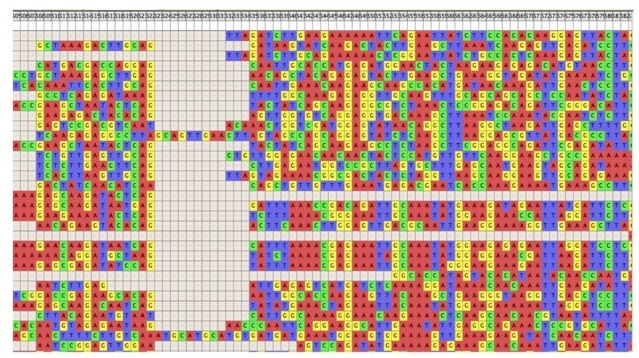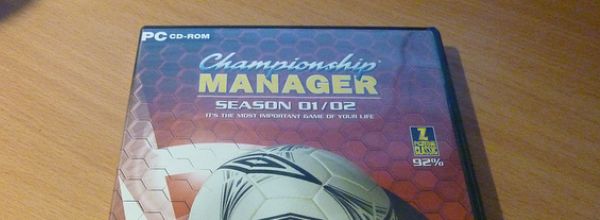Three dimensional cell culture mimics the extracellular matrix (ECM) that offers the structure and support for cells in vivo, thus creating the complex architecture and network required for cellular communication.
For 3D cell culture beginners (or enthusiasts), the information available may seem overwhelming. It sure was for me. But it can be simplified. For example, there are 5 types of 3D cell culture: hydrogels, scaffolds, scaffold-free spheroids, bioreactors and microchips.
And here is a quick guide to these options:
Types of 3D Culture
Hydrogel
The hydrogel method provides a surface on which cells attach and grow. Hydrogels are often made from natural ECM components. The components are used to support or embed the cells. Hydrogels are popular for skin models where cells grow on top of the gels forming a stratified epithelium. Other fields use hydrogels to embed cells, thus creating a cross-linked network. For example, in stem cell research, cells are embedded in the hydrogel to create an environment for cells to differentiate.
Hydrogels are more similar to an in vivo environment as they are made from natural ECM. However, ECM components from animal origin, such as collagen, may contain residual amounts of growth factors and other unidentified components that can create differences in your experiments from lot to lot. To overcome this disadvantage, you can use plant-sources, such as alginate, or even synthetic components.
When using hydrogels, you need to keep everything on ice right up until you want the cells and gel to solidify; some users consider this a downside to the technique.
Scaffolds
Scaffolds are similar to hydrogels but are made from synthetic materials (e.g. ceramics and metals) and can be made in a variety of porosity and permeability. Scaffolds have an advantage over hydrogels since they are chemically defined with consistency from lot to lot. However, they are an artificial substrate.
Scaffold-Free Spheroids
In contrast, the scaffold-free spheroid method does not contain biomaterials or ECM components to support cell growth. It uses special plates that unable cells to adhere causing them to aggregate and form spheroids or cell clusters. In this configuration, cells secrete their own ECM components. Tumor cell biology uses this 3D culture model to study gene expression or drug sensitivity in clusters of tumor cells. Here is a great article showing the usage of spheroids in cancer research.
You can induce cells to form spheroids using a couple of methods including those that are “homemade” or commercially available.
Bioreactors and Microchips
Bioreactors and microchips are less popular due to the cost of these models as well as the limited application. However, both are used in tissue engineering applications. Bioreactors offer controllable features such as media flow and homogeneity to create a suitable environment to grow 3D cultures.
The possible “next generation” 3D culture model, microchips, are not widely available. This is not a surprise since this model offers an “organ on a chip” microsystem that reproduces key features for living organs.
The Choice
Knowing all the options, how can you choose the best model?
Firstly, the cell line and the questions to be addressed might be the determining factors in your decision (as well as the cost of the techniques). Secondly, you should search the literature. The publication rate using 3D cell culture methods is increasing. There is a high chance that you can find methods similar to your field that can help with the decision.
After deciding which method is best for your project, check for the availability of commercial kits. The reason I suggest this is because kits decrease the variation between experiments when preparing hydrogels or scaffolds.
These are the most commonly known 3D cultures. Do you know of any more?
Further reading
- Tibbitt M and Anseth K. 2009. Hydrogels as extracellular matrix mimics for 3D cell culture. Biotechnology and Bioengineering. 103(4):655-63.
- Lee J et al. 2008. Three-Dimensional Cell Culture Matrices: State of the Art. Tissue Engineering: Part B, 14(1):61-86.
- Yeatts AB and Fisher JP. 2011. Bone tissue engineering bioreactors: Dynamic culture and the influence of shear stress. Bone. 48:171–181.
- Huh D et al. 2011. From 3D cell culture to organs-on-chips. Trends in Cell Biology, 21(12):745-754.




